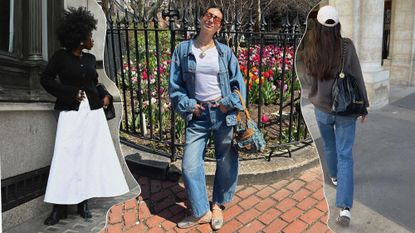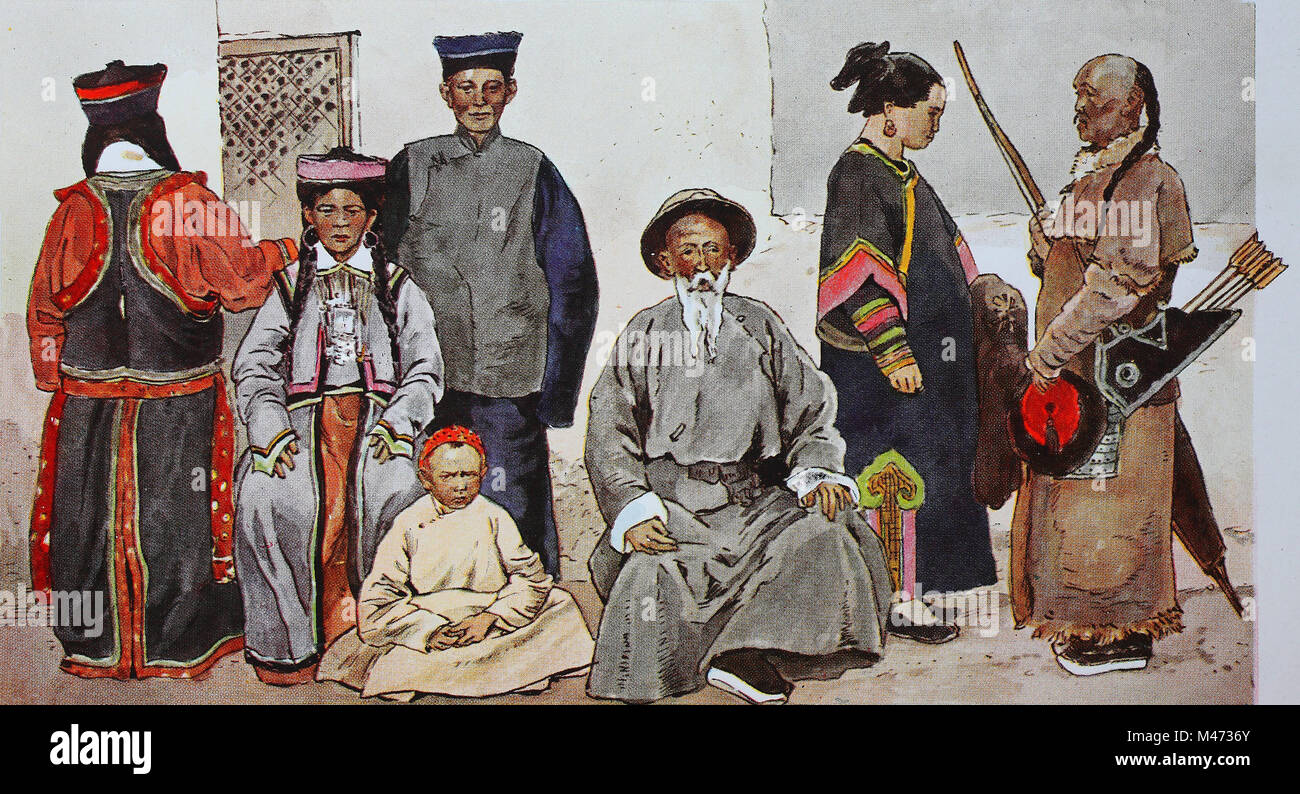Unveiling the Rich Heritage of Eastern Fashion
Discovering the complex tapestry of Eastern style reveals a globe where tradition fulfills development, and workmanship intertwines with social symbolism. From the luxurious silks of ancient dynasties to the detailed embroidery of nomadic tribes, each garment informs a story that goes beyond time and boundaries, echoing the abundant heritage and artistic tradition of the East. As we peel off back the layers of history and custom, a fascinating journey waits for, unraveling the tricks behind the exciting appeal and enduring influence of Eastern style on the international stage.
Beginning of Eastern Fashion

In Mesopotamia, for instance, the Sumerians and Babylonians created garments utilizing wool, linen, and natural leather, embellished with intricate patterns and fashion jewelry. Old Egyptians are renowned for their advanced weaving abilities and using lightweight, breathable materials like bed linen. Chinese style highlighted the value of shade significance and complex embroidery methods, while Indian garments featured dynamic colors, luxurious fabrics like silk and cotton, and sophisticated drape designs such as the saree.
These old people not just affected each various other yet also led the way for the culturally rich and diverse tapestry that is contemporary Eastern fashion. With centuries of development, Eastern style proceeds to prosper, mixing practice with modern-day impacts to develop unique and timeless styles.
Social Influences and Customs
Drawing from centuries-old customs and ideas, social impacts and customs play a critical function in shaping the essence of Eastern style (eastern wear pakistan). The abundant tapestry of societies across Eastern regions such as Asia, the Center East, and Africa has actually heavily influenced the clothing designs, shades, materials, and creates that prevail in Eastern fashion today
In countries like India, Japan, and China, typical garments like sarees, cheongsams, and kimonos proceed to hold considerable cultural importance and are usually embellished with detailed needlework or symbolic patterns that reflect ingrained beliefs and values. Similarly, in Middle Eastern nations, the moving abayas and kaftans put on by males and females not just function as modest clothing however also show the region's cultural heritage and Islamic traditions.
Additionally, using certain shades like red permanently luck in Chinese society or intricate geometric patterns influenced by Islamic style even more exhibit how cultural impacts manifest in Eastern fashion - eastern wear pakistan. By recognizing and preserving these cultural impacts and traditions, Eastern style remains to develop while remaining true to its abundant heritage
Advancement of Eastern Apparel
In time, Eastern garments have actually undergone considerable makeovers, reflecting a blend of tradition and modernity in their style and style. Standard Eastern garments such as the saree, kimono, hanbok, and salwar kameez have actually evolved to include contemporary aspects while maintaining their social essence.
One significant advancement is the use of ingenious fabrics and methods in Eastern garment building and try this out construction. Traditional handwoven textiles like silk and cotton have actually been complemented with modern materials such as polyester and blends, providing boosted resilience and simplicity of treatment. Furthermore, improvements in printing modern technologies have actually allowed complex patterns and styles to be integrated into Eastern garments with precision and detail.
Moreover, changes in shape and customizing have actually updated Eastern outfit, making them much more versatile and suitable for varied celebrations. Typical gown codes have relaxed, enabling experimentation with decorations, shades, and designs. This development has not only made Eastern garments extra attractive and available to a global target market yet has likewise guaranteed their proceeded significance in contemporary fashion landscapes.
Symbolism in Eastern Clothing
Discovering the deep-rooted cultural value woven right into Eastern outfit unveils an abundant tapestry of meaning and custom. Eastern garments are commonly imbued with signs that reflect the wearer's social status, faiths, and social identification. For example, in numerous Eastern societies, the shade red represents good luck and prosperity, making it a preferred selection for wedding apparel. Elaborate needlework patterns can share stories of mythology or stand for blessings for the wearer.
In addition, details garments hold symbolic definitions. Its layout, material, and even the method it is worn all carry deep social value.

Impact of Eastern Fashion Today

The consolidation of Eastern aspects in Western style has actually led to a combination of designs that accommodate varied preferences and preferences (eastern wear pakistan). Designers commonly attract motivation from Eastern patterns, materials, and silhouettes, producing ingenious and special try here pieces that blend traditional and modern aesthetic appeals. This cross-cultural exchange has not only revitalized the garment industry however likewise fostered a deeper appreciation for Eastern heritage and workmanship
In addition, the increase of social networks and digital platforms has further intensified the influence of Eastern style, allowing brands and designers to reach a bigger target market and showcase their cultural heritage to the globe. With partnerships, style programs, and on the internet campaigns, Eastern fashion proceeds to develop and prosper in today's interconnected and dynamic global landscape.
Conclusion
In conclusion, the abundant heritage of Eastern fashion is a testament to the social influences, detailed workmanship, and profound meaning embedded in each garment. From ancient people to modern analyses, Eastern fashion remains informative post to captivate with its unique mix of custom and innovation. The influence of Eastern style today acts as a pointer of the timeless sophistication and creative expression that have made it a global sensation celebrated for its abundant cultural heritage.
Checking out the intricate tapestry of Eastern fashion introduces a world where custom fulfills innovation, and workmanship links with cultural meaning.The enduring meaning and social importance installed in Eastern attire continue to form and influence the modern impact of Eastern fashion today. Eastern style has actually transcended borders, coming to be an international phenomenon accepted by developers, celebs, and fashion lovers worldwide.In verdict, the rich heritage of Eastern fashion is a testimony to the social influences, intricate craftsmanship, and profound importance installed in each garment. The impact of Eastern fashion today serves as a suggestion of the classic elegance and creative expression that have made it a worldwide phenomenon celebrated for its rich cultural heritage.